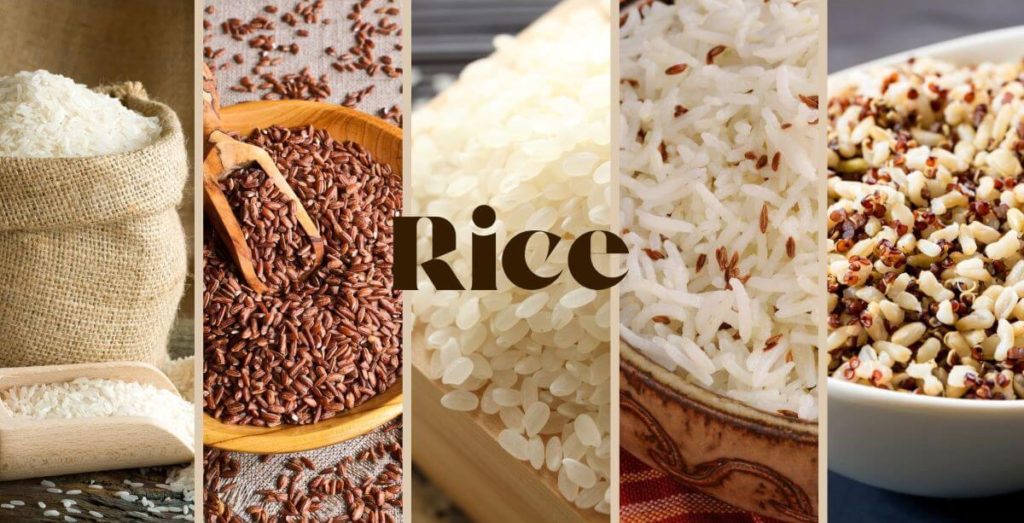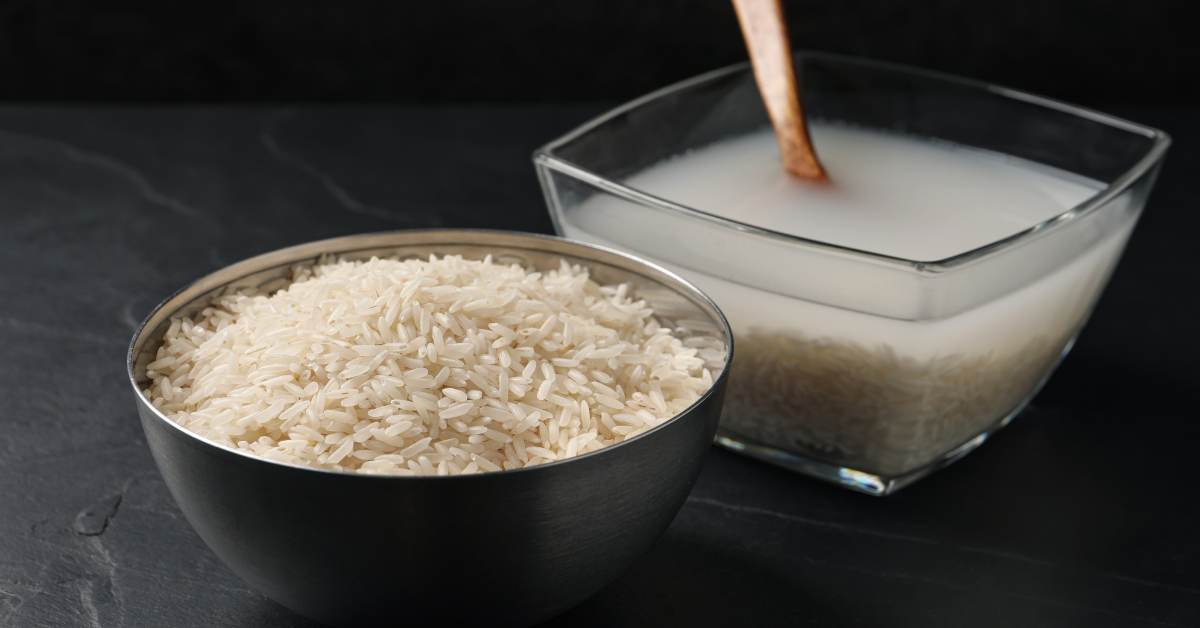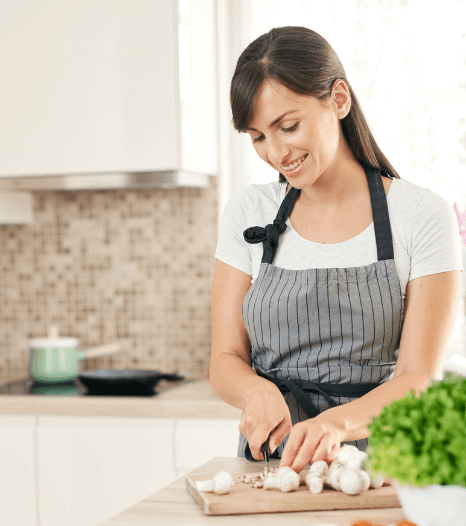It can be frustrating when you come across a recipe that calls for a specific quantity of cooked rice, but you’re unsure how much dry rice is needed to yield that amount. Determining the conversion from dry rice to cooked rice quantities is essential for meal planning and avoiding leftovers.
Before we dive into calculating the cooking yield for dry rice, let’s first discuss the basics of cooking rice. Rice is typically cooked by boiling it in water until the liquid is absorbed, resulting in fluffy, tender grains.
To make the perfect bowl of rice, it’s essential to use the right ratio of water to rice. The most common ratio is 1.5:1, which means two cups of water per one cup of rice.
However, some types of rice may require a different ratio, so it’s always a good idea to check the package instructions. If you’re looking for precise rice-to-water ratios, this article is your go-to guide- The Ultimate Guide to Rice Cooking: Everything You Need to Know. We provide comprehensive explanations for different types of rice, covering all the essential details you need to know to cook the perfect batch of rice.
1/4 Cup Dry Rice – How Much Cooked
cooking 1/4 cup of dry rice, you can expect to get approximately 3/4 cups of cooked rice.
However, this yield can vary depending on the type of rice, measuring technique, and cooking method used. For instance, long-grain rice might yield more cooked rice than short-grain rice. Additionally, using a kitchen scale to measure the rice and a rice cooker to cook it may affect the yield. We will conduct an analysis of several common rice varieties, allowing you to cook with precision based on specific circumstances

- White Rice:When cooking white rice, 1/4 cup of dry rice will yield approximately 3/4 cup of cooked rice. White rice is extensively processed, resulting in a fluffy texture and longer shelf life. It is important to note that 1 cup of cooked rice is considered a full serving.
- Brown Rice: For brown rice, 1/4 cup of dry rice will yield about 1 cup of cooked rice. Brown rice is a whole grain with a nuttier flavor and higher nutritional value than white rice. It retains the bran layers, providing fiber and essential nutrients. Like white rice, 1 cup of cooked brown rice is considered a full serving.
- Long-Grain Rice: Both white and brown long-grain rice have similar cooking yields. 1/4 cup of dry long-grain rice will expand to approximately 3/4 to 1 cup of cooked long-grain rice. Long-grain rice is known for its individual, non-sticky grains, making it perfect for dishes like pilafs and salads.
- Wild Rice: Wild rice, a unique grass with a rich history in Native American cuisine, offers a distinctive flavor and texture. When cooking 1/4 cup of dry wild rice, you can expect it to yield around 3/4 cup of cooked wild rice. With its high protein content and nutty taste, wild rice adds a delightful element to various dishes.
Determining Rice Portions
The amount of rice you should cook per person depends on various factors, such as whether it’s served as a side dish or the main course with other ingredients mixed in. Additionally, serving sizes may vary among individuals. While some recipes may call for a cup of cooked rice per serving, it is often recommended to consume only half a cup of rice per serving, unless you’re watching your carbohydrate intake. Finding a balance in portion sizes is key to achieving the right amount.
Nutritional Considerations
While white rice is more processed and lower in nutrients compared to brown rice and wild rice, it can still be enjoyed in moderation. Brown rice and wild rice offer higher fiber content and essential vitamins and minerals. Incorporating these healthier alternatives into your meals can enhance their nutritional value.
Effect of Cooking Methods on Yield of Cooked Rice
The yield can also vary depending on the cooking method. The different cooking methods, such as using a rice cooker or a stovetop pot, can have an impact on the yield of cooked rice from uncooked rice.
There are several factors that can affect the yield of cooked rice from uncooked rice when using different cooking methods:
Absorption Rate: Different cooking methods may result in varying absorption rates of water by the rice grains. For example, a rice cooker may have a more efficient absorption process compared to a stovetop pot, leading to a higher yield of cooked rice.
Cooking Time: The duration of cooking can vary between different methods. Some cooking methods, such as pressure cooking or using an instant pot, may shorten the cooking time and result in a lower water evaporation rate, leading to a higher yield of cooked rice.
Heat Distribution: The way heat is distributed during the cooking process can affect the moisture content in the rice. Cooking methods with even heat distribution, such as a rice cooker with advanced heating technology, can result in more consistent cooking and a higher yield of cooked rice.
Lid Design: The design of the lid and its ability to seal tightly can impact the moisture retention during cooking. A well-sealed lid can prevent excessive evaporation and result in a higher yield of cooked rice.
Cooking Vessel: The type and material of the cooking vessel used can influence the cooking process. Some materials may retain heat better, resulting in more efficient cooking and a higher yield of cooked rice.
global delicious cuisine dishes that complement cooked rice
Now that you know how to calculate the cooking yield for dry rice let’s explore some tips on how to use the cooked rice. Cooked rice can be used in a wide variety of dishes, from stir-fries to rice bowls to sushi. Here are some delicious cuisine dishes that complement cooked rice:
Japanese cuisine: Sushi rolls, Teriyaki chicken, Miso soup
Mexican cuisine: Burrito bowls, Chicken fajitas, Enchiladas
Indian cuisine: Vegetable biryani, Chicken tikka masala, Chana masala
Chinese cuisine: Fried rice, Kung Pao chicken, Hot and sour soup

rice holds significant importance in the cuisines of China, Mexico, India, and Japan. Each cuisine incorporates rice in various forms and dishes, highlighting its versatility and cultural significance. From sushi and donburi in Japanese cuisine to burrito bowls and enchiladas in Mexican cuisine, and from biryani and curry in Indian cuisine to fried rice and congee in Chinese cuisine, rice is celebrated as a key ingredient that enhances the flavors and textures of these diverse culinary.
conclusion
In conclusion, calculating the cooking yield for dry rice is an essential skill for any home cook. By understanding the factors that can affect the yield, you can ensure that you always have the perfect amount of cooked rice for your favorite dishes. Remember to experiment with different types of rice, cooking methods, and cuisines to keep things interesting in the kitchen.
Share this post: on Twitter on Facebook









